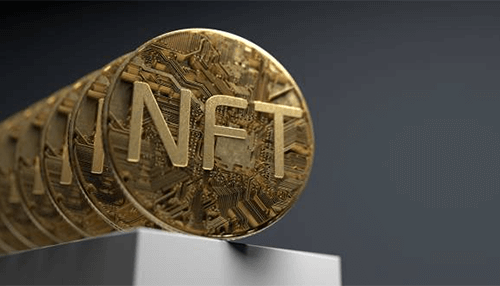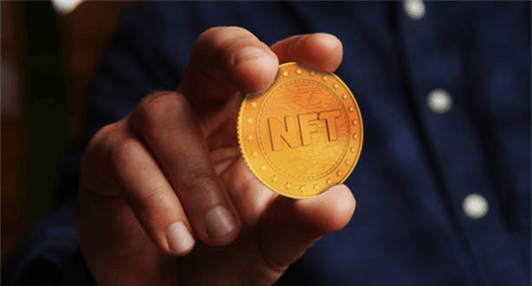Non-fungible tokens (NFTs) are among today’s buzzwords as a new kind of collectible with the potential to earn you big money. The NFT concept has been around since 2012 but has only risen in popularity in the last few years. Like cryptocurrencies, NFTs are built on blockchain technology. You can’t carry around your NFTs or keep them in a dresser like physical collectibles such as a painting or a comic book.
They’re entirely digital and can be anything such as a song, video, meme, even a tweet. NFTs provide a certificate of authenticity created on blockchain for a digital asset. Since the interest in NFTs keeps rising, the need to understand them has been growing as well. This article looks to shed some light on NFTs in an everyday person’s language.
What is NFT?
Non-fungible Tokens are unique digital tokens that can’t be replaced or exchanged for something else. Developers commonly use the Ethereum blockchain to create NFTs, but developers have lately built Flow NFT for designing play-to-earn games and collectibles.
NFTs transactions are recorded on a digital ledger similar to a crypto transaction, so there’s proof of who owns it at a particular time. However, it’s not a cryptocurrency because those are exchangeable or fungible since you can exchange one crypto for another or fiat currency.
What Makes NFTs Valuable?
While the value of traditional collectibles such as sculptures or paintings arises from their uniqueness, you can replicate digital files easily and endlessly over the internet. That allows any file to be made into a digital certificate of ownership and trades as an NFT in the marketplace. Proof of ownership is the core feature of NFTs.
To put it more clearly, only one person can own the original art, such as a painting, but millions of others can own its copy. The came case applies to digital collectibles as well. The invention of NFTs made it possible to prove the ownership and authenticity of collectibles. And because of that, the principle of scarcity came to be.
You can define NFT as something unique, rare, and indivisible. When tokenization takes place, it creates value because it’s possible to prove ownership and authenticity. This also means the token can be bought and sold over and over. There can also be many NFTs of the same piece if the NFT creator decides so.
You can also create fractions of an NFT in what is called fractional ownership. It works like shares in a company where many people can own a piece without paying the whole NFT.
How to Create an NFT
You’ll need a crypto wallet and cryptocurrency. In a process called ‘minting’, your digital asset is minted on the blockchain. Minting is the process of information validation, creating a new block, and recording that information on the blockchain. For instance, creating an NFT for a piece of digital art commonly referred to at CryptoArt, you need a CryptoArt platform to mint the artwork through the platform’s smart contract.
The process is straightforward once you’re able to connect your cryptocurrency wallet to the platform. You can also consult an NFT developer to walk you through the process. They may also help you figure out which NFTs have better chances of becoming valuable.
Business Uses of NFTs
The popularity of NFTs is mainly focused on the entertainment, arts, and gaming industries, but beyond these applications, it also has many real-world use cases. Here are some examples:
1. Intellectual property: Companies can possess intellectual property rights the same as content creators, musicians, or artists. With fractional ownership, intellectual property rights can be held by different buyers.
2. Supply chain: Supply chain can benefit from proof of ownership of goods and traceability and transparency because it involves multiple touchpoints.
3. Real estate: Transactions in the real estate industry are laborious and time-consuming. It’s also often seen as a dormant investment for large organizations, particularly those in different countries. Through NFTs, the processes can be optimized if implemented in physical assets such as buildings, land, and more.
Because of the ability of NFTs to be digitally represented, it would make it easier to track ownership and authenticity of a digitally represented asset anywhere in the world.
Takeaway
NFTs are individual and tokenized digital assets. Their unique nature is what creates an opportunity to stand out and engage with interested buyers. It is are fairly a new technology and blockchain phenomenon, and its uses are still being investigated. While arts and entertainment are the initial beneficiaries of the technology, the days ahead will see its increased adoption in many other industries.




